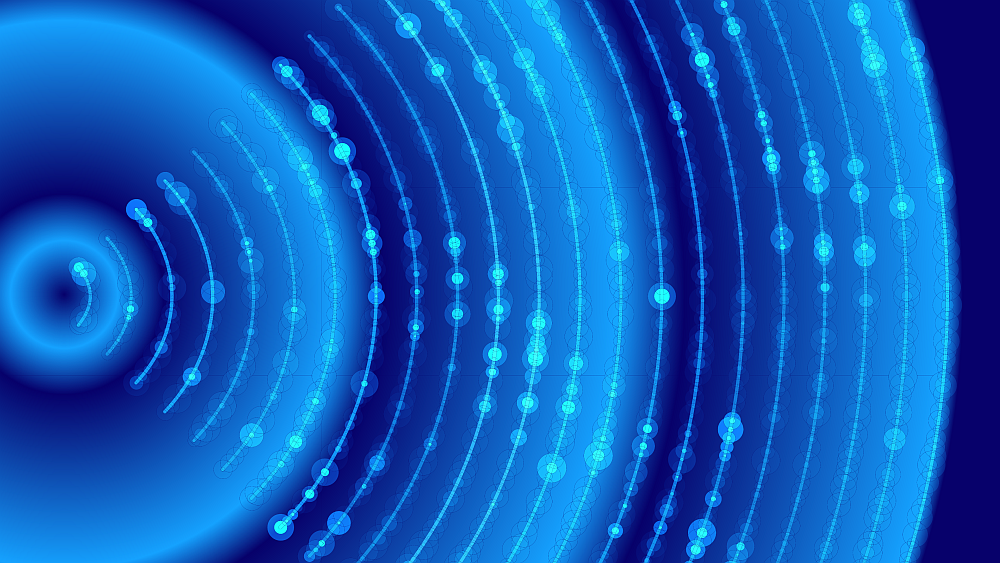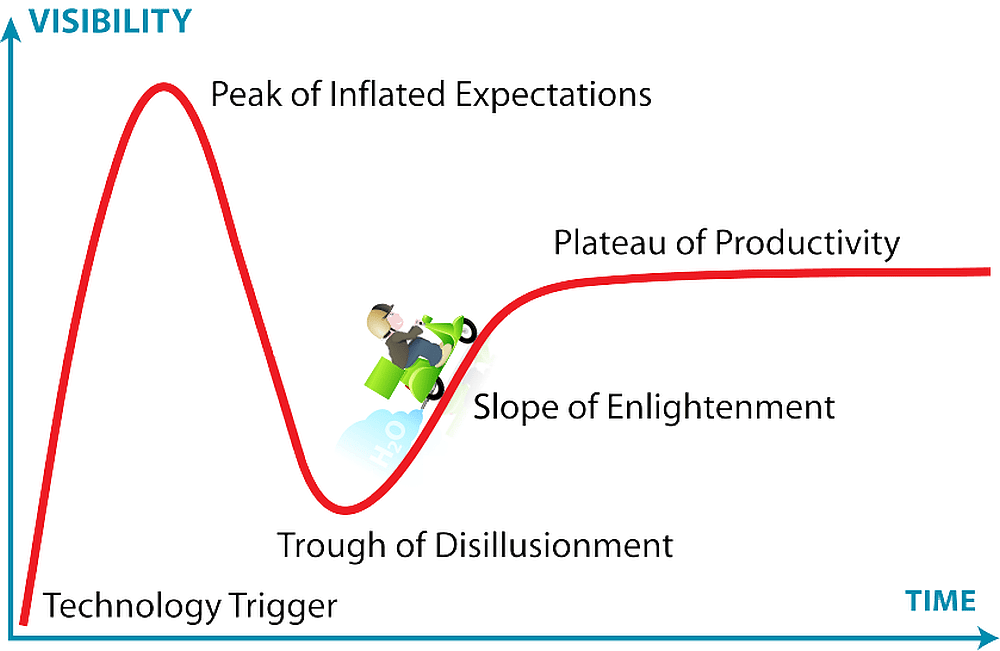Check ’em out:
NIST mini-sensor measures magnetic activity in human brain
A miniature atom-based magnetic sensor developed by the National Institute of Standards and Technology has passed an important research milestone by successfully measuring human brain activity. Experiments reported this week verify the sensor’s potential for biomedical applications such as studying mental processes and advancing the understanding of neurological diseases. NIST and German scientists used the NIST sensor to measure alpha waves in the brain associated with a person opening and closing their eyes as well as signals resulting from stimulation of the hand. The measurements were verified by comparing them with signals recorded by a SQUID (superconducting quantum interference device). The chip-scale NIST sensor is about the size of a sugar cube and operates at room temperature, so it might enable lightweight and flexible MEG helmets. It also would be less expensive to mass produce than typical atomic magnetometers, which are larger and more difficult to fabricate and assemble. The mini-sensor consists of a container of about 100 billion rubidium atoms in a gas, a low-power infrared laser and fiber optics for detecting the light signals that register magnetic field strength-the atoms absorb more light as the magnetic field increases. The sensor has been improved since it was used to measure human heart activity in 2010. NIST scientists redesigned the heaters that vaporize the atoms and switched to a different type of optical fiber to enhance signal clarity.
House panel tops Senate mark for NSF
(Science) A House of Representatives spending panel wants to nearly match the president’s budget request for the National Science Foundation. A proposed $299 million increase in the agency’s 2013 budget would represent a 4.1% boost, to $7.332 billion. That’s even higher than the $240 million boost approved yesterday by the equivalent spending panel in the Senate, although it falls short of the $340 million sought by President Barack Obama. The House figure is expected to be voted on tomorrow morning by the commerce, justice, and science appropriations subcommittee chaired by Rep. Frank Wolf (R-VA). The House mark would provide a $253 million increase for NSF’s six research directorates, just short of the $294 million boost that Obama requested, and a $46 million hike to NSF’s education directorate, which meets the president’s request. The major research facilities account would also receive the administration’s request of $196 million.
First atomic-scale real-time movies of platinum nanocrystal growth in liquids
They won’t be coming soon to a multiplex near you, but movies showing the growth of platinum nanocrystals at the atomic-scale in real-time have blockbuster potential. A team of scientists with the Lawrence Berkeley National Laboratory and the University of California, Berkeley has developed a technique for encapsulating liquids of nanocrystals between layers of graphene so that chemical reactions in the liquids can be imaged with an electron microscope. With this technique, movies can be made that provide unprecedented direct observations of physical, chemical and biological phenomena that take place in liquids on the nanometer scale.
Low-cost solar cells from nanotube ‘forests’
By replacing platinum with carbon nanotubes, researchers hope to make efficient solar cells at a fraction of the current cost for silicon-based solar cells. Single-wall nanotube arrays, grown in a process invented at Rice University, are both much more electroactive and potentially cheaper than platinum, a common catalyst in dye-sensitized solar cells, says Jun Lou, a materials scientist at Rice. When combined with newly developed sulfide electrolytes synthesized at Tsinghua University, the work paves the way for a low-cost, efficient alternative to silicon-based cells. Lou and co-lead investigator Hong Lin, a professor of materials science and engineering at Tsinghua, detailed their work in the open-access Nature journal Scientific Reports. DSCs are easier to manufacture than silicon-based solid-state photovoltaic cells but not as efficient, explains Lou.
Materials under stress: A cracking twist
(NPG Asia Materials) Materials are prone to crack under stress – this can either cause materials failure or, when deliberately induced, offer a useful manufacturing step. In both situations, knowing how to control and predict how materials crack will help in their design and synthesis. Yet exerting control is difficult – for example, we have all seen pottery cracked along random directions. Yong Zhao and co-workers have now prepared core-shell fibres that undergo helical cracking at specific positions. A tough glass fibre was dip-coated with a brittle metal oxide film featuring regular spindle knots. On calcination, the thermal expansion undergone by the tough core does not match that of the brittle shell, creating longitudinal and circumferential stresses. The stress lines in turn cause the knots to crack into helical coils, whose shapes depend on the initial formation process. These findings represent a step forward along the way of controllable fracture.
CTT Categories
- Biomaterials & Medical
- Energy
- Market Insights
- Material Innovations


